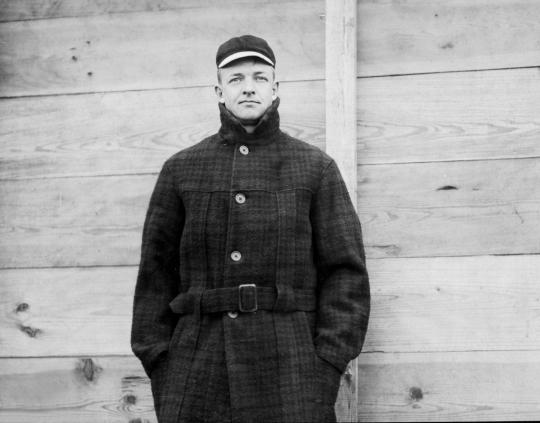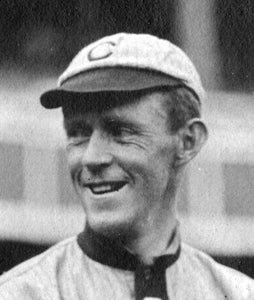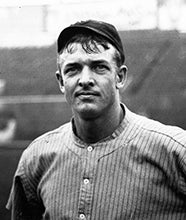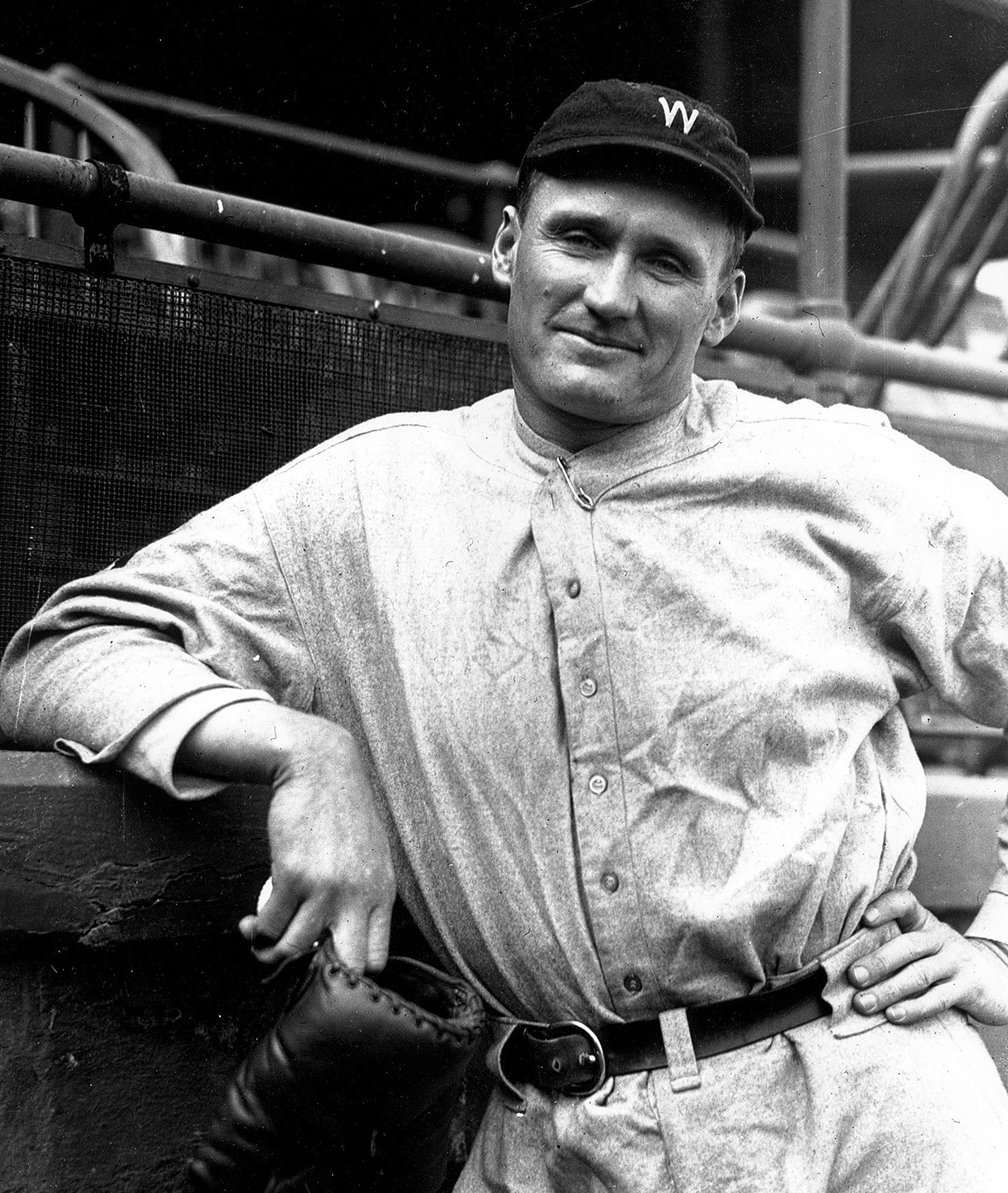- Home
- Our Stories
- Global crises have left their mark on baseball
Global crises have left their mark on baseball
On April 6, 1917, the United States joined allies Britain, France and Russia to fight in what was known as the Great War.
Five days later, Red Sox pitcher Babe Ruth threw a three-hitter on Opening Day against the New York Yankees and Boston won 1-0.
Official Hall of Fame Apparel
Proceeds from online store purchases help support our mission to preserve baseball history. Thank you!
Hall of Fame Membership
There is no simpler, and more essential, way to demonstrate your support than to sign on as a Museum Member.
American society had been disrupted by a global crisis, but the boys played on.
Much like the rest of the country, baseball made contributions to the war effort. Stadiums across the leagues were opened for charity events in support of the war, and teams and players teamed up to help sell Liberty Loan bonds. Hall of Famer Christy Mathewson, in his first season as the Cincinnati Reds manager (after a year as a player-manager), went so far as to help sell more than $100,000 worth of bonds in one day.
Overseas, baseball proved to be a welcome respite for American armed forces. The U.S. military created dozens of baseball diamonds across Europe and leagues were organized throughout many of the Allied Forces’ camps. Hall of Famer Johnny Evers, who served as a Knights of Columbus secretary during the war, reported to the Los Angeles Evening Express that “requests pour[ed] in from every camp asking him to come there and help with organization and training.”
Beyond this work, the 1917 major league season remained largely unaffected by the war raging on across the Atlantic, but as morale fell the game had to change. In 1918, Spring Training was relocated to minimize travel and the schedule was reduced from 154 games to 140.
Then in May, a “work or fight” rule was issued, mandating that by July 1 all draft-eligible men who were not directly involved in “useful” work could be drafted into military service. Nearly 40 percent of active major leaguers were called into service, eight of whom were killed in action or died of illness during that time.
Twenty-seven future Hall of Famers served during World War I, with 10 serving in the U.S. Navy, 16 in the U.S. Army and one, Eddie Collins, in the U.S. Marine Corps.
As a result of this draft, the MLB season was shortened further, and the regular season concluded on Sept. 2. But despite most teams playing fewer than 130 games that year, there were still historic moments on the field.
Tris Speaker turned two unassisted double plays, Walter Johnson pitched two complete 18-inning games and the Pittsburgh Pirates and Boston Braves faced off for a record 20 scoreless innings. The 1918 season also marked the beginning of Babe Ruth’s transition from pitching ace to super slugger, as Red Sox manager Ed Barrow began playing him in the outfield and at first base.
The World Series was held Sept. 5-11, still the earliest start ever for a Fall Classic, and during the seventh inning stretch of Game 1, a band at Chicago’s Comiskey Park – where they Cubs called home for that World Series against the Red Sox – played the “Star Spangled Banner” in tribute to servicemen in the crowd.
It was likely the first time the song had been played at a baseball game. The Red Sox went on to beat the Chicago Cubs in six games, unknowingly marking the beginning of an 86-year World Series drought.
With the Armistice reached on Nov. 11, 1918, ballplayers-turned-servicemen began to return home that winter. In recognition of this, MLB shortened the 1919 season to 140 games and delayed its start until the end of April to allow players to return to their teams. Beyond these concessions, the season carried on as normal until news of the Black Sox scandal unfolded in October.
Prior to the 2020 season, this was the only time in professional baseball history that a season was disrupted or delayed based on events outside of major league baseball.
Isabelle Minasian was the digital content specialist at the National Baseball Hall of Fame and Museum
Related Stories

#Shortstops: World War I history preserved at Museum through uniform donation
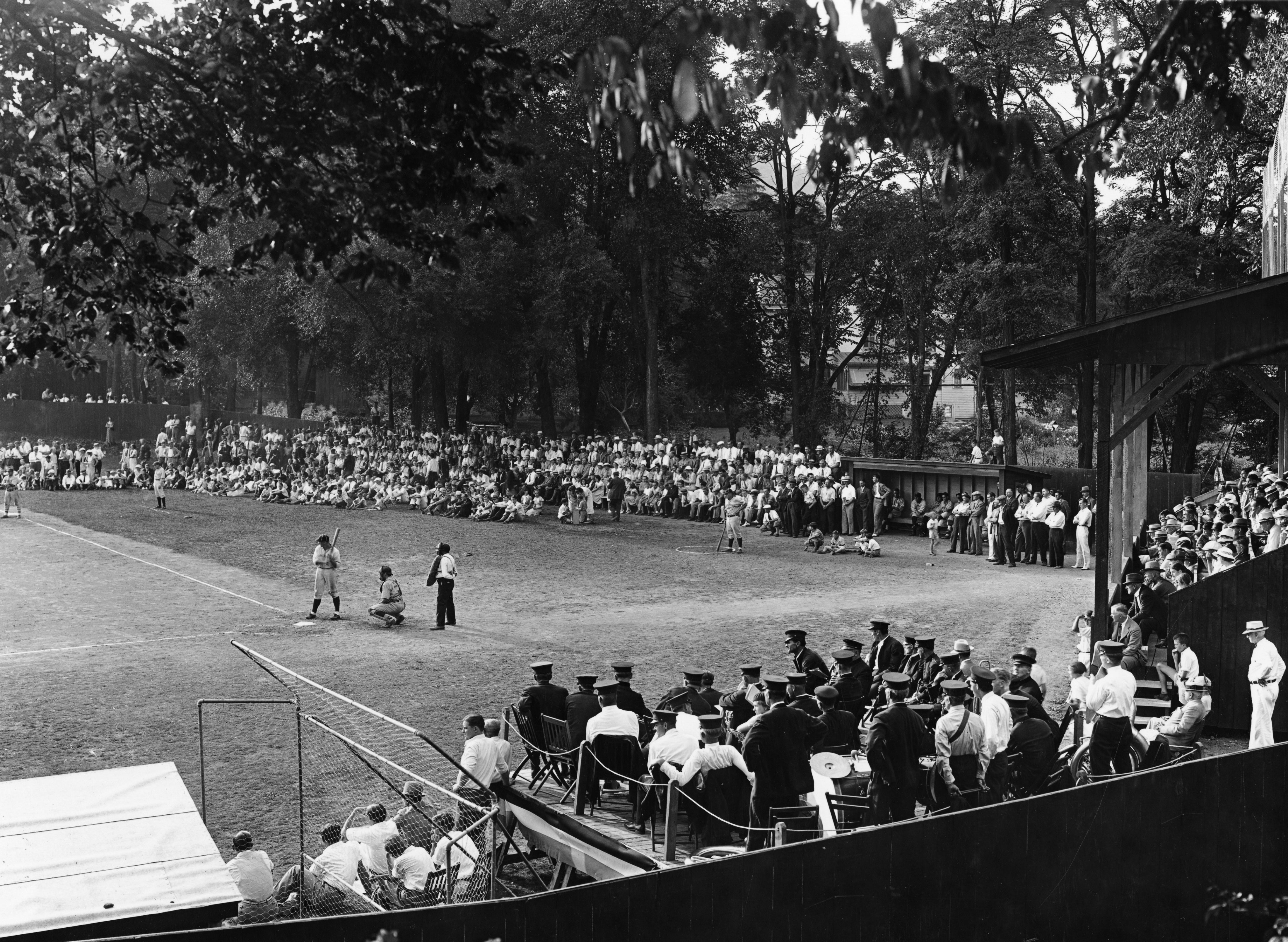
World War II hero’s legacy lives on in Cooperstown
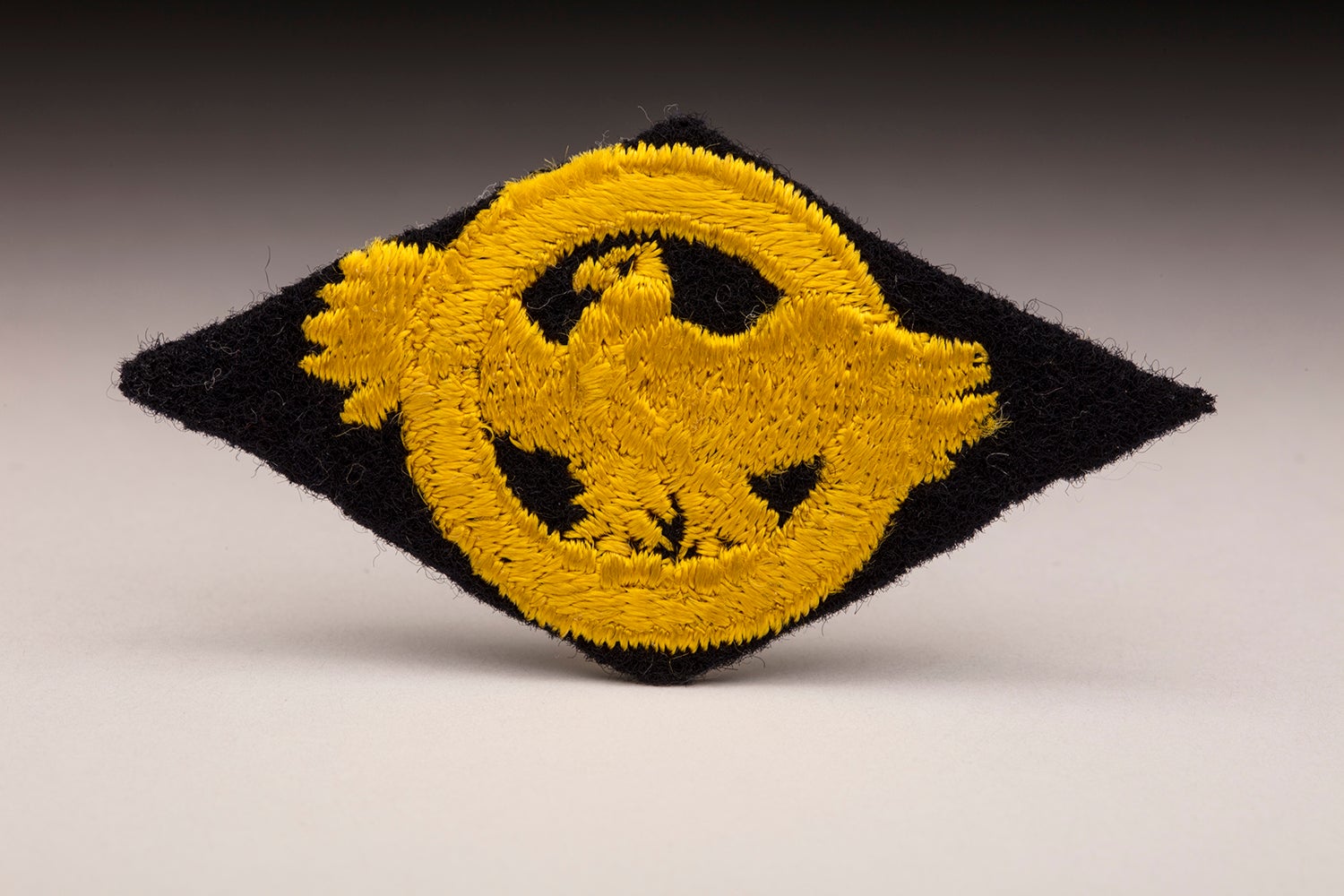
‘Ruptured Duck’ patch honored soldiers, including ballplayers, who served in World War II

Team Tours of Japan bridged cultural gap following World War II

#Shortstops: World War I history preserved at Museum through uniform donation

World War II hero’s legacy lives on in Cooperstown

‘Ruptured Duck’ patch honored soldiers, including ballplayers, who served in World War II



